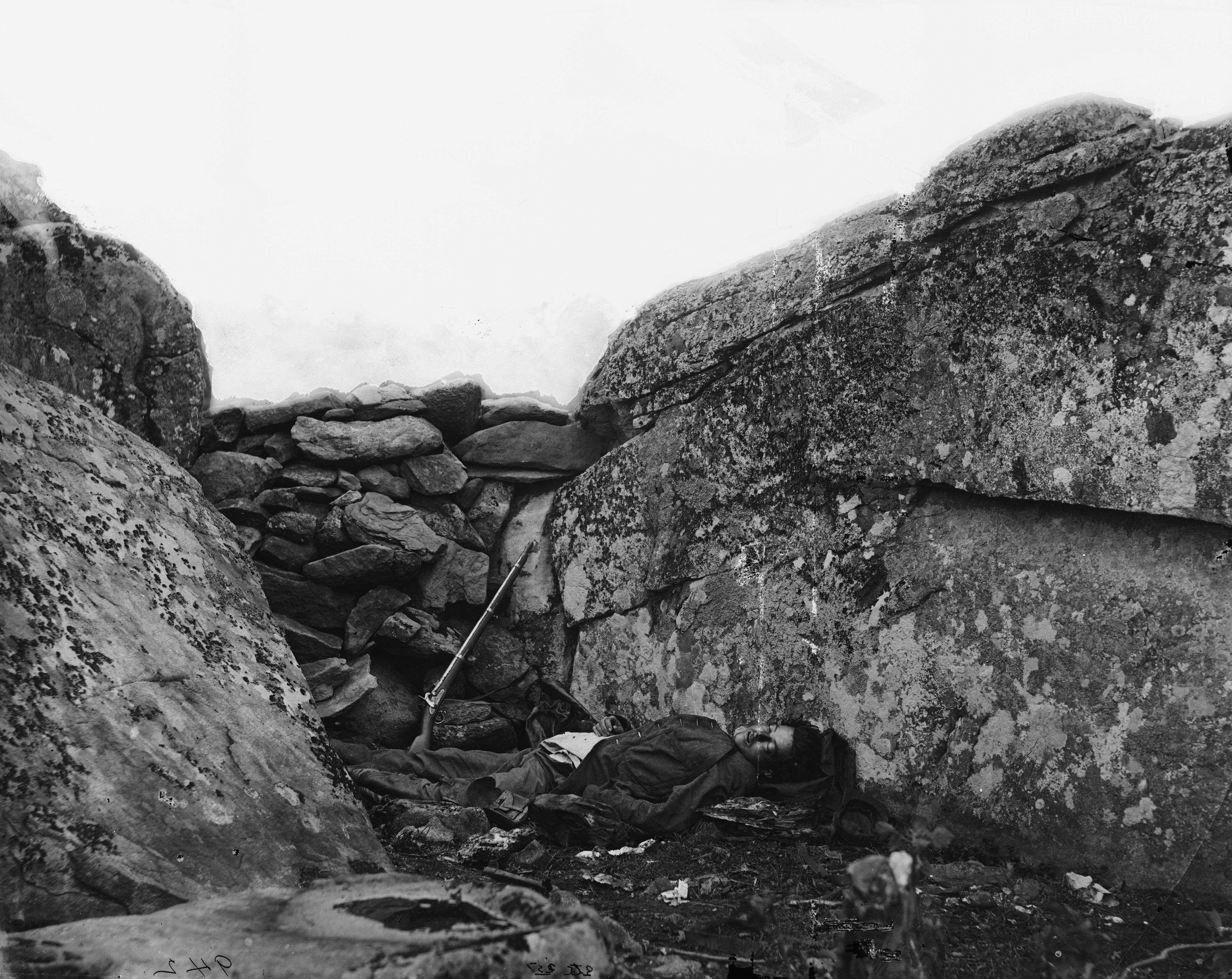A daguerrotype is basically the process of printing a positive on a copper plate, which has silver on the top. After the plate was fully polished, it would start to resemble a mirror. By the 1850's the daguerrotype was very popular and there were many studios built around that concept.
Albumen Print-
An "Albumen" print is when you take a negative and print it on a paper base. The reason it is called "albumen" is because they take the albumen ingredient that is found in egg whites and use it, kind of like a chemical, and bind the photograph to the paper. This process completely died out in the 1920's.

Stereograph-
What woud happen is, two of the exact same picture were set side by side and viewed through stereoscope, which gave the image a 3D quality. They were used for entertainment purposes in the 1800's, nineteenth century area.
Carte de Visite-
The carte de visite, in a simple form, is basically like a small picture that was printed by the Albumen method. In todays society, it would resemble a post card, or pocket picture you can send to family or keep in wallets.

Mathew Brady and Alexander Gardner-
Mathew Brady was a photographer who's main focus was war. He had his own studio where he hired other photographers and made a business out of that. Alexander Gardner was one Brady's co workers. Gardner was a photographer himself, however, he was also appointed to the store manager as well. They were both active in the 1850's and were introduced to daguerrotyping.




